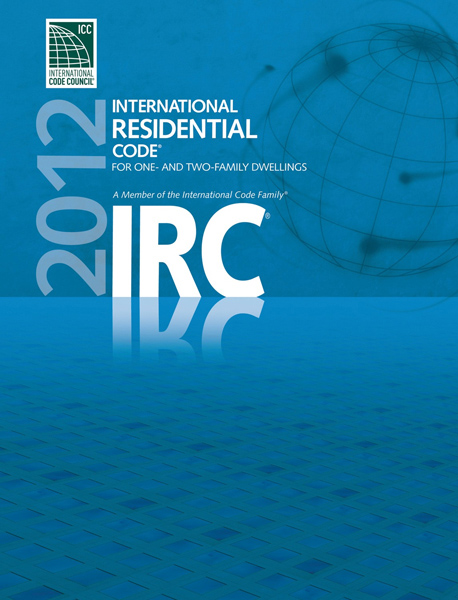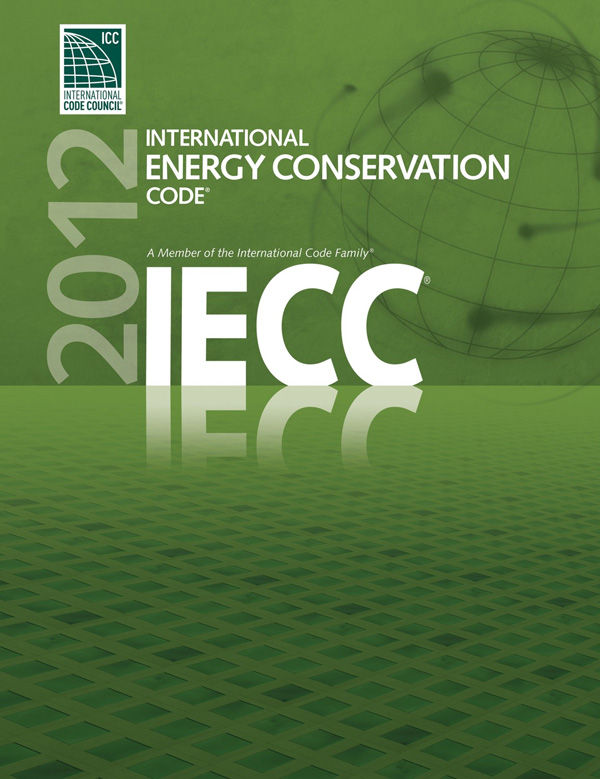You and your spouse have been wanting a new home for some time now. You have looked online and not found anything that suits your needs.
As a matter of fact, all those online plans start blurring together after a while and you feel lost. You feel that what you need is an Architect to design your plans. Good idea! An Architect is the one profession, who through education, licensing, experience and practice, is the best qualified to design homes & buildings. That is why the profession exists: to design what you want.
So, you imagine that getting some “plans drawn up” should be quick and simple, right? Let’s take a look at the first assumption here: the term “plans.” Some people may believe that a quick pencil sketch (not to scale) depicting general room arrangement is all they need for a builder to construct their dream house. This is not correct.
(continued below):


There are Local, County and Municipal Building Departments across the nation and world. They want to see accurate Construction Documents, which involve much more than just sketched “plans” or floor plan diagrams. Building Departments are typically empowered by the states in which they are located. All states in the USA have adopted the IRC (International Residential Code). The current edition (2012) of the IRC is 904 pages long. In addition, most states produce amendments to the IRC, which either diminishes or adds additional requirements to it. And there is also the IECC (International Energy Conservation Code) which is referenced into the IRC and also adopted by most states in the USA. In the 2012 edition, it has 89 pages of commercial energy code requirements, and 48 pages of Residential energy requirements. So now there are likely about 1,000 pages of code issues to be incorporated into the design OF ANY HOUSE (which means YOURS) being proposed for construction, anywhere in the USA.
Do you suppose that some “plans”, meaning Floor Plans, even correctly and accurately drawn, will be enough to obtain a building permit and to allow your Contractor to build your house the way you want it? And in compliance with all those Code requirements? No. Impossible. So what else will you need beyond “plans”? Let’s list a hypothetical set of Construction Documents:
GENERAL INFORMATION
G-1 Title Sheet
G-2 Drawing Index
G-3 Abbreviations List, Project Location Map, Team Members
Note: the above General Information items locate your project for the various contractors and material providers, tell them where the drawing and specification sheets are in the set so that they can quickly find what relates to their work, what the various abbreviations used in the set mean, and who the Architect, Engineers, Surveyors and other members of the team are, if they need to contact them.
.
SITEWORK
A2-0 Site Survey – Overall
A2-1 Site Plan – Overall
A2-2 Site Plan – Detail
Note: your site is unique. Your Architect will need to adjust many aspects of their design to suite your project features, such as ground slope, geology (where bedrock is located), view directions, privacy considerations and other aspects.
FLOOR PLANS
A3-1 1st Floor Plan (main level)
A3-2 2nd Floor Plan (loft level)
A3-3 Basement Floor Plan (Terrace Level)
Note: these depict your house’s wall arrangement and windows, doors, decks, walks, fixtures, and other features in a Plan View, looking down straight from above. This is where your Architect will have many, many dimension lines, indicating where all these features are with respect to each other. Also, certain detailed Energy Code requirements should be shown on these, such as the relatively new Air Barrier requirement at attic knee walls.
ROOF PLAN
A5-1 Roof Plan
Note: this tells your Contractor, his subcontractors, material suppliers, roofers, truss fabricators, insulators and others how your roof slopes resolve themselves. You Architect also will note such features as “crickets” on the upslope side of chimneys, to divert water around them.
ELEVATIONS
A6-1 Front Elevation
A6-2 Rear Elevation
A6-3 Right Side Elevation
A6-4 Left Side Elevation
Note: these illustrate what the exterior sides of your house will look like, in an orthographic projection (perpendicular to each face). This is crucial to properly locate elements and features in 3 dimensional space.
BUILDING SECTIONS
A7-1 Building Section 1
A7-2 Building Section 2
Note: there can be more Building Sections, depending on the architect and the design. Building Sections are like a huge knife cut through your house, like a big layer-cake and you looked at it from the side. This shows your Contractor and your Building Department how your walls, floors, windows, doors, decks and other elements connect in an overall image. Energy code “R” values may be shown here as well.
WALL SECTIONS
A8-1 Wall Sections
A8-2 Wall Sections
Note: there can be more Wall Sections, depending on the architect and the design. Wall Sections are blow-up views of the walls you saw in the Building Sections, showing how the various connections and assemblies connect and relate to each other. This is often where IECC energy code “R” values are often shown.
SCHEDULES
A9-1 Door & Finish Schedules
Note: there can be more schedules, depending on the architect and the design. For instance: kitchen equipment, windows and others. Schedules list the various characteristics of the materials and items in the design, such as: your floors may be 1×8 tongue & groove select oak planks, and your walls may be 1/2″ thick gypsum board with medium knock-down finish and eggshell latex paint.
DETAIL PLANS
A10- some Architects and their clients want to see blow-up details for various plan view conditions.
.
INTERIOR ELEVATIONS & CABINETRY
A11-1 Kitchen Cabinetry
A11-2 Kitchen Cabinetry
A11-3 Kitchen Cabinetry
A11-4 Master Bathroom Vanities & Powder Room Cabinetry
A11-5 Master Bathroom Shower-Tub Wall Cabinetry
A11-6 Bath 2 & 3 Cabinetry
A11-7 Kitchenette, Mud Room Cabinetry
note: there can be more, there can be less cabinetry & interior elevation drawings, depending on client preferences.
.
DETAILS
A12-3 Concrete Details
A12-6-1 Railing Details
A12-6-c Post, wall base, shear walls, bracing details
A12-7 Flashing/Roof Edge & Soffit Details
A12-8a Window Flashing Details
A12-8b Window Section Details
A12-8d Door Threshold details
Note: these details illustrate how to properly connect and waterproof various detailed aspects of your project. Without these, you are relying on just your builder’s good graces and the abilities and experience of his laborers. Without these, what is the builder’s motives regarding the materials involved and how they are installed? The better contractors want good Architectural details, so they know what to price and how they are assembled to provide you with a good project that is durable and low-maintenance.
.
SPECIFICATIONS
A15-1 Specifications part 1
A15-2 Specifications part 2
A15-3 Specifications part 3
A15-4 Specifications part 4
A15-5 Specifications part 5
A15-6 Specifications part 6
A15-7 Specifications part 7
and there can be more…
Note: Specifications state the quality of materials and in many instances, exactly what is to be used on your project. Without these, you are making a crap-shoot as to what you will have your house. Specifications are critical to making sure that you get what you are paying for in your project. Specifications also are a convenient place to locate many code requirements, such as the minimum “R” values for attic/roof/ceilings, floors, walls and crawlspaces, as well as newer requirements for air barriers and the like. Also, some Architects, like the HOME ARCHITECTS ® include a Healthy Home specification section here to limit toxic materials in your home’s construction, to literally make it easier to breathe. Without specifications, you will usually not have such precautions working for you. This is part of the quality value of an Architect designing your house: your family’s health.
.
ELECTRICAL
EG-1 Schematic Electrical Legend
E3-1 Schematic Electrical 1st Floor Plan
E3-2 Schematic Electrical 2nd Floor Plan
E3-3 Schematic Electrical Basement Floor Plan
Note: electrical schematics are typically not a requirement of most building departments. So, many Architects offer this as an optional service. However, without these, you are taking a chance that where you want electrical power, light switches, Smart House features, wi-fi and other considerations may be missed by others. Highly recommended.
.
Then, the set of Construction Documents typically also include the drawings and specifications of a structural engineer, with Foundation Plan, Framing Plans (where required), structural details & specifications. There can also be other consultants, based on the complexity of the design, energy requirements of the Authority Having Jurisdiction, and other requirements. The Contractor’s lumber supplier also typically provides engineered signed and sealed shop drawings forroof trusses and other trusses and other pre-engineered members. Each discipline is responsible for what they provide.
The above is probably a surprise to most people and underscores the importance of having a true, licensed Architect designing and managing your project for you. There is a lot going on and your Architect is the only one experienced and qualified to oversee all aspects for you, having your best interests in mind.

But even before getting into all the required documents to properly depict the quality, arrangement and construction materials of your proposed residential design, your Architect provides you other with valuable services. Your Architect helps you locate and orient your house on your land to decrease the cost of your foundations, take advantage of your best views and provide for logical, functional and aesthetic arrangement of the parts of your house. Those are services that only the most experienced residential professionals should provide: they organize the Big Picture, and establish a wonderful concept from which all other parts flow. This is the genius part that distinguishes Architects from other players in the residential market and one of the most compelling reasons to engage an Architect to design your new house.
Consult with Rand@HomeArchitects.com to review your new house design “plans”.
And visit the HOME ARCHITECTS ® website here–> residential architects
Links to Codes shown above:
International Residential Code: IRC
International Energy Conservation Code: IECC
tags: residential design, mountain, custom, atlanta, chicago, boulder, cashiers, hendersonville, brevard, tucson, telluride, aspen, orlando, canada, moscow
